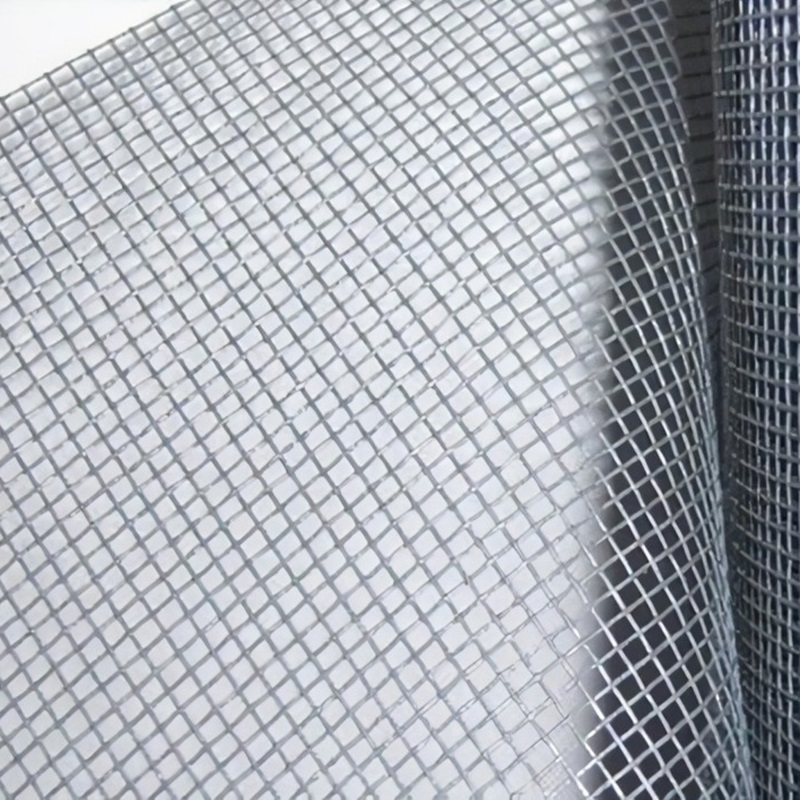Nov . 08, 2024 05:26 Back to list
Innovative Solutions for Sustainable Erosion Control Using Gabion Bags in Environmental Projects
The Versatility and Benefits of Gabion Bags
Gabion bags, often referred to as erosion control bags, are increasingly gaining popularity in various industries due to their versatility and effectiveness. These robust containers, typically made from wire mesh filled with natural stone, sand, or soil, serve a multitude of purposes ranging from environmental conservation to construction. This article explores the features, applications, and advantages of gabion bags, highlighting their significance in modern engineering and landscape design.
Understanding Gabion Bags
Gabion bags are essentially large, cage-like structures that can be filled with various materials. The design of these bags allows for flexibility in usage; they can adapt to the contours of the ground and provide stability and support wherever needed. The outer material, usually a durable galvanised steel or polymer mesh, ensures that the contents remain contained while also allowing for drainage and air circulation. This drainage is particularly crucial in preventing rot and maintaining the integrity of the materials inside.
Applications of Gabion Bags
1. Erosion Control One of the primary uses of gabion bags is in controlling soil erosion. They are often placed along riverbanks, coastlines, and hillsides to absorb the impact of waves and flowing water, gradually dissipating energy and reducing soil displacement. This is particularly vital in areas prone to heavy rain or flooding.
2. Retaining Walls Gabion bags are robust enough to function as retaining walls, providing structural support for slopes and embankments. Their modular nature means they can be stacked or arranged in various forms, making them adaptable to different site requirements.
3. Drainage Systems The permeable nature of gabion bags allows for effective drainage solutions. They can be employed in landscaping to manage water runoff, prevent waterlogging in gardens, and promote the health of surrounding vegetation.
4. Wildlife Habitats When filled with earth and soil, gabion bags can foster plant growth, creating habitats for birds and small animals. They can be customized to suit various ecological needs, making them an excellent choice for conservation projects.
gabion bag

5. Flood Control In emergency situations, gabion bags can be rapidly deployed to create temporary barriers against flooding. Their ease of installation allows for quick responses to natural disasters, providing protection to properties and infrastructures.
Advantages of Gabion Bags
1. Cost-Effectiveness Gabion bags often represent a more affordable solution compared to traditional concrete structures. Their materials can be sourced locally, further reducing transport costs.
2. Environmental Friendliness Made from natural materials, gabion bags blend seamlessly into the environment. They promote vegetation growth and support local fauna, contributing positively to the ecosystem.
3. Durability The materials used for gabion bags are designed to withstand harsh weather conditions, ensuring they can last for many years with minimal maintenance. This durability makes them a wise investment for long-term projects.
4. Aesthetic Flexibility Gabion bags can be aesthetically pleasing when designed thoughtfully. They can be integrated into landscape designs to enhance natural beauty, whether used in garden paths, decorative features, or seating areas.
5. Ease of Installation Gabion bags are relatively easy to install, requiring less specialized labor than traditional construction methods. This simplicity allows for quicker project turnaround times, which is particularly beneficial in urgent situations.
Conclusion
Gabion bags represent a multifaceted solution to various environmental and engineering challenges. Their adaptability to different situations, combined with their cost-effectiveness and environmental benefits, positions them as a practical choice for engineers, landscapers, and conservationists alike. As we continue to face climate challenges, the need for innovative, sustainable solutions becomes even more critical. Gabion bags offer not only a means of dealing with these issues but also a pathway to a more ecologically mindful approach to construction and landscape management. Embracing the potential of gabion bags may very well be a step toward building a more resilient future.
-
Temporary Fencing Solutions-Hop Dipped Galvanized / PVC Coated Fences|Anping County Xingzhi Metal Wiremesh Products Co.,Ltd
NewsAug.07,2025
-
Hot-dip Galvanized Flat Wrap Razor Wire: High-Security & Durable
NewsAug.07,2025
-
Temporary Fencing Solutions-Anping County Xingzhi Metal Wiremesh Products Co., Ltd.|Welded Wire Mesh&Chain Link Mesh
NewsAug.06,2025
-
Hop Dipped Galvanized / PVC Coated Temporary Fence - Anping County Xingzhi Metal Wiremesh Products Co., Ltd | Durable, Corrosion-Resistant, Easy Installation
NewsAug.06,2025
-
Hop Dipped Galvanized / PVC Coated Temporary Fence - Anping County Xingzhi Metal Wiremesh Products Co., Ltd
NewsAug.06,2025
-
Hop Dipped Galvanized PVC Temporary Fence-Anping Xingzhi|Modular Corrosion
NewsAug.06,2025



